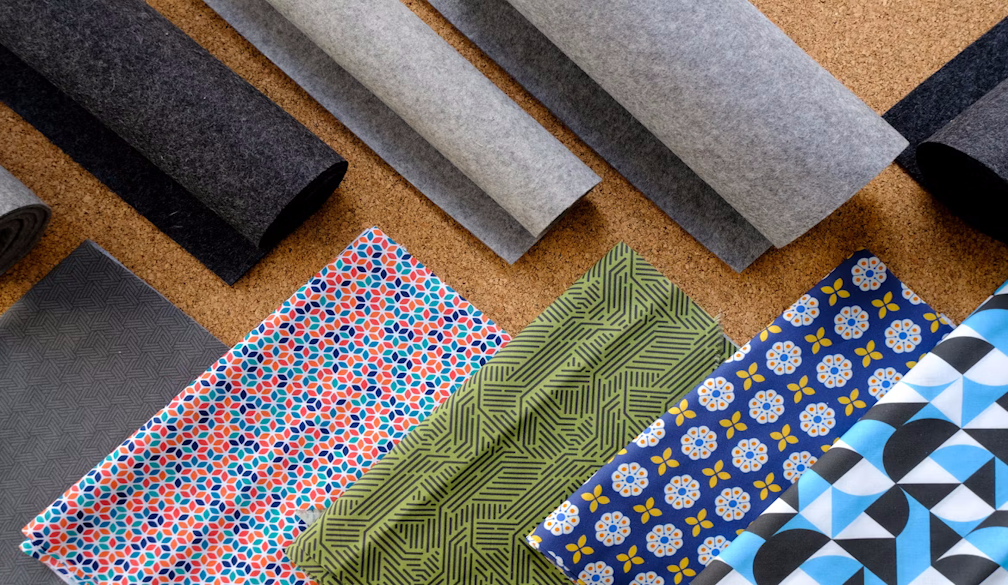Tips for Matching Rug Styles with Different Flooring Types

When it comes to home interiors, flooring and rugs play a powerful role in setting the tone and aesthetic of a room. But finding the right rug to complement your flooring isn’t just about colour matching or picking something soft underfoot. It’s about creating visual harmony, enhancing functionality, and ensuring each element in your space feels cohesive and intentional.
At Hali, we understand that the growing demand for quality rugs Australia wide has made it more important than ever to provide guidance that’s both practical and design-driven. Whether your floors are hardwood, tile, concrete or carpet, here’s how to choose a rug that works beautifully with your space.
Hardwood Floors: Embrace Contrast and Texture
Hardwood floors are rich in character and instantly warm up any space. Their natural tones and grain lend themselves to both classic and modern interiors. When selecting a rug for timber flooring, contrast is your ally. A dark-stained floor pairs beautifully with a lighter, neutral rug, while honey-coloured boards benefit from deeper or patterned rugs that ground the space.
Flatweave or textured rugs can prevent the room from feeling too slick or uniform, while a high-quality wool rug introduces warmth and luxury without detracting from the wood’s natural appeal. Customers shopping for rugs in Australia often choose Persian or hand-knotted styles for hardwood spaces because of their durability and traditional character.
Concrete Floors: Add Softness and Pattern
Polished concrete floors are modern, industrial and often used in contemporary homes. While sleek and stylish, they can sometimes feel cold or uninviting. Rugs play an essential role in softening these hard surfaces both visually and physically.
Opt for plush textures such as shag or wool pile to balance the hardness beneath. Earthy tones, geometric designs, or muted colourways are particularly effective on grey floors, creating definition without overwhelming the minimalist aesthetic. When browsing rug collections, look for handcrafted designs that add artisanal texture and depth to concrete interiors.
Tiled Floors: Highlight Architectural Style
Tiles offer versatility and durability, and are popular in kitchens, bathrooms and coastal-style homes. Because tile surfaces often feature intricate patterns or cool tones, the key to rug pairing is selecting a piece that doesn’t clash or compete with the existing flooring.
For terracotta or natural stone tiles, look for rugs in complementary tones, think ochres, browns and muted reds. Coastal or ceramic tiles with cooler tones work well with soft blues, ivory, or contemporary monochrome rugs. In high-traffic areas like entryways or kitchens, durable materials such as jute or synthetic blends are ideal.
If you’re shopping online for rugs in Australia, filter by material and size to find a rug that offers the right blend of practicality and visual appeal for tiled floors.
Carpeted Floors: Create Layers and Focus
Placing a rug on carpet might seem redundant, but when done well, it can create visual interest and zones within a space, particularly in open-plan homes. The trick is to focus on contrast and layering.
Choose a rug that offers a noticeable difference in texture and colour to the carpet beneath it. For instance, on plush or loop-pile carpet, a flatweave or low-pile rug with bold patterns can create a striking visual feature. Conversely, if your carpet is a dark neutral tone, a cream or lightly patterned rug will lift the mood and define a space such as a seating area or dining zone.
Shoppers seeking rugs Australia wide often use layering as a styling technique in bedrooms or lounge rooms to add dimension and create focal points.
Matching Rug Shapes with Room Layouts
Beyond material and colour, rug shape plays a key role in how well it integrates with your flooring. Round rugs work beautifully on square tile floors or under circular tables, helping to break up angular layouts. Rectangular rugs, on the other hand, suit hallways, dining rooms and living areas, creating structure and flow.
Don’t forget to consider rug size, one of the most common mistakes is choosing a rug that’s too small for the space. As a rule of thumb, a rug should sit under the front legs of your furniture at minimum. This ensures it feels like an intentional design element, not an afterthought.
Think Long-Term: Function Meets Design
A rug should not only suit your floor type aesthetically, but functionally as well. In wet zones, opt for moisture-resistant materials. In homes with pets or children, washable and stain-resistant rugs are a smart choice. And in high-use areas, look for tightly woven fibres that resist wear.
As demand for rugs Australia wide grows, homeowners are increasingly seeking rugs that are more than just beautiful, they want pieces that work hard and last long. That’s why investing in quality materials and expert craftsmanship is so important.
Final Thoughts
Selecting a rug that complements your flooring isn’t about following strict rules, it’s about understanding the interaction between materials, tones, and textures. When chosen thoughtfully, a rug can bring balance, character, and comfort to every room in your home.
At Hali, we offer a curated collection of rugs Australian homeowners trust for their craftsmanship, durability and design integrity. Whether you’re styling timber floors, polished concrete, or carpeted interiors, our range is designed to help you find the perfect match.
Explore the full collection at hali.com.au and discover how the right rug can transform your space from the ground up.

